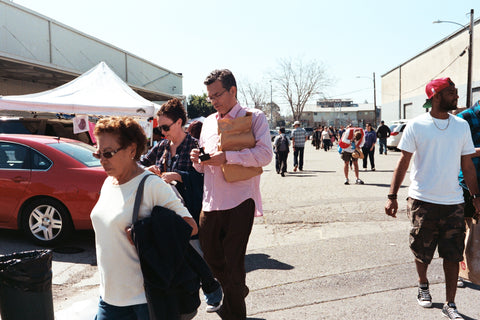Video Review: Fujifilm Klasse W, High-End 35mm Film Point and Shoot Camera























"I got an Olympus Zuiko 50mm 1.8 that had an enormous spot of fungus right in the center, and didn't feel like disassembling it. So I had the idea of soaking a few cotton balls in 70% isopropyl alcohol and sticking them in a plastic bag exposed to a black light for UV radiation for a week. Lo and behold, a week later almost all of the fungus is gone and looks like it was never there!"
MINOLTA CLE SAMPLE PHOTOS:






On Black Friday and Giving Tuesday, I decided to give out some discounts like everybody else. Instead of a gigantic door-buster discount, though, I chose to give a 15% discount AND donate 10% of proceeds to Toys For Tots Foundation (read about that here).
With your help we were able to raise some money and today I'm proud to say that WE (as in myself and everybody who helped) made a donation to Toys for Tots. It's not a gigantic number, but it is a number that might help a few less-fortunate kids through what can be tough holidays. Hopefully, with your help, that number can grow in the future.
Thank you to everyone who helped.
I plan to keep the promotions going to help out more charities in the future.